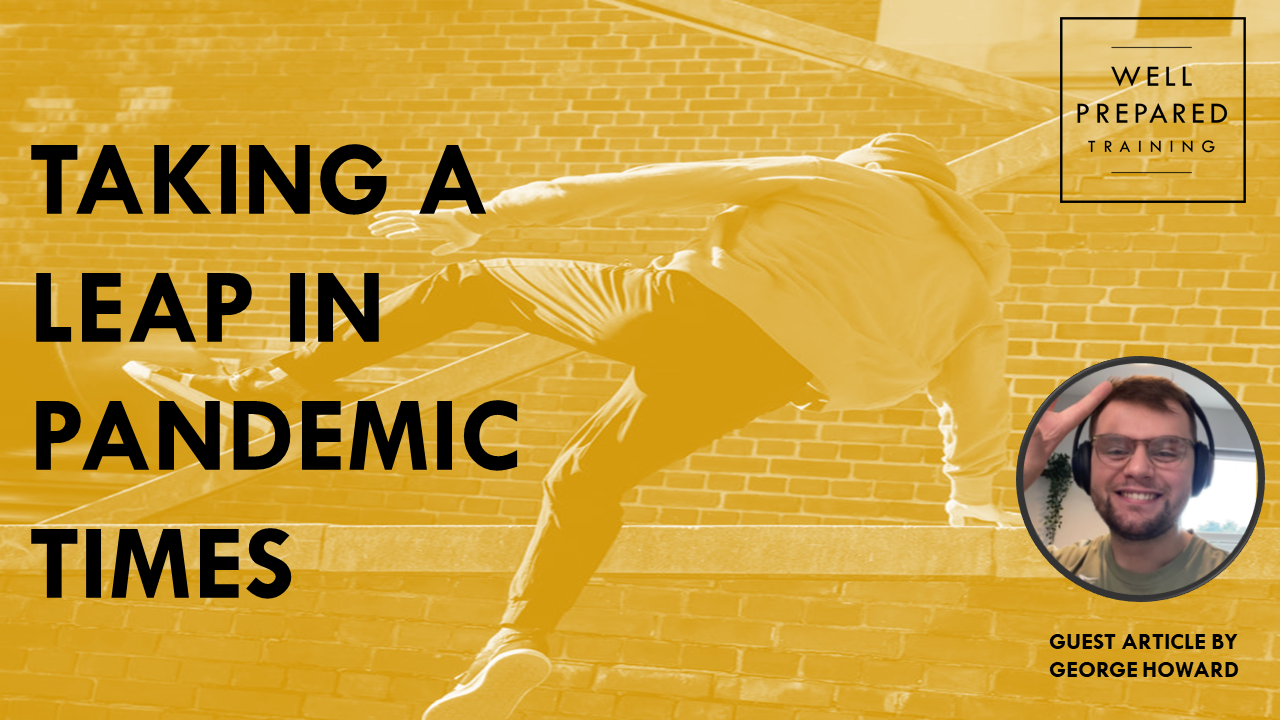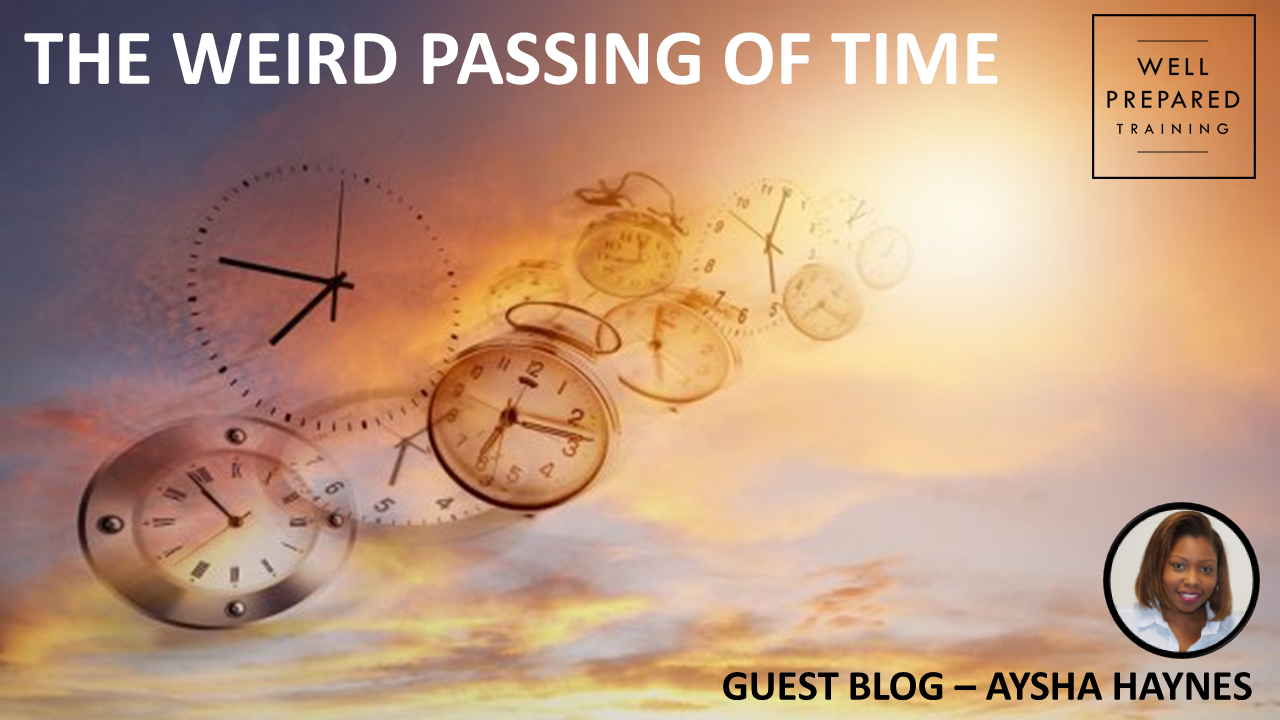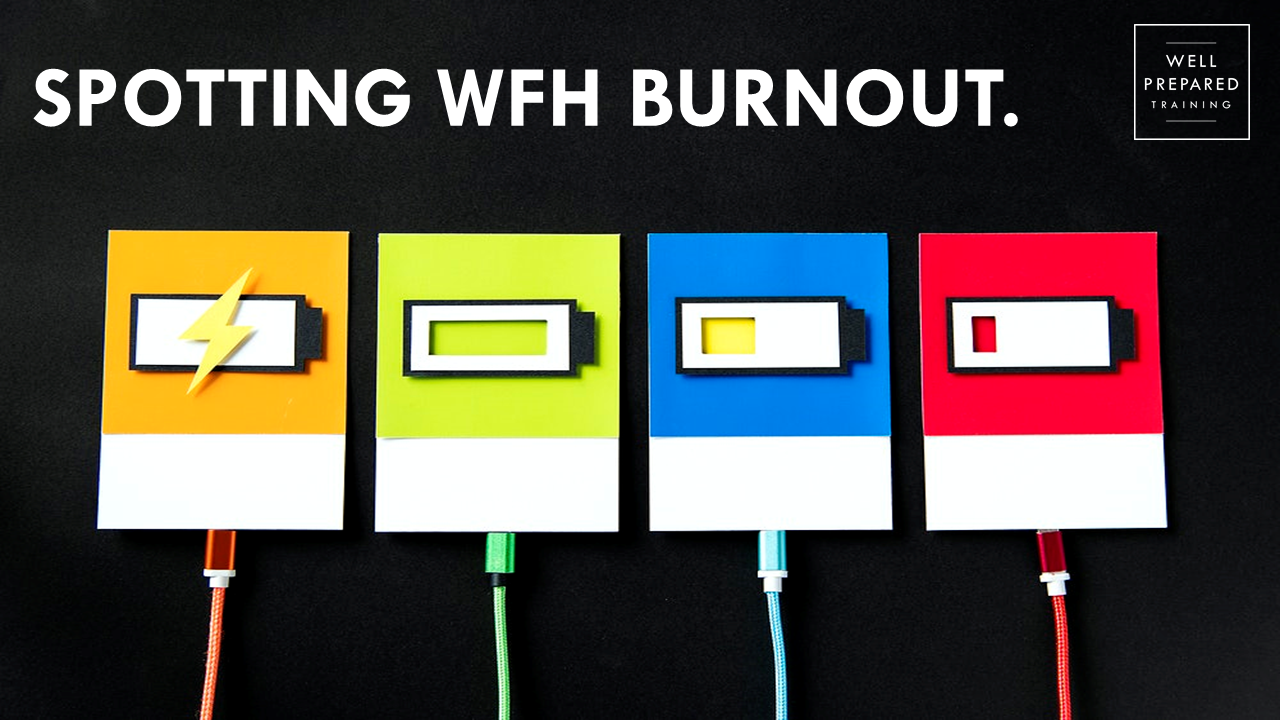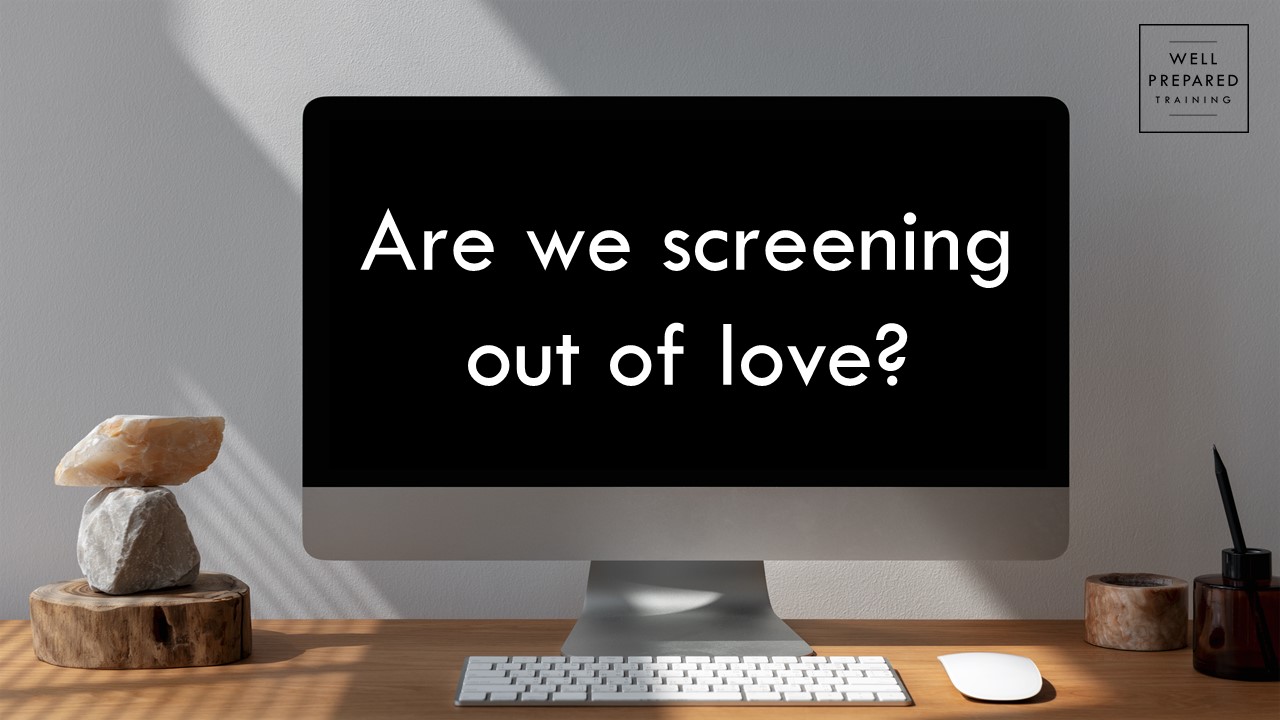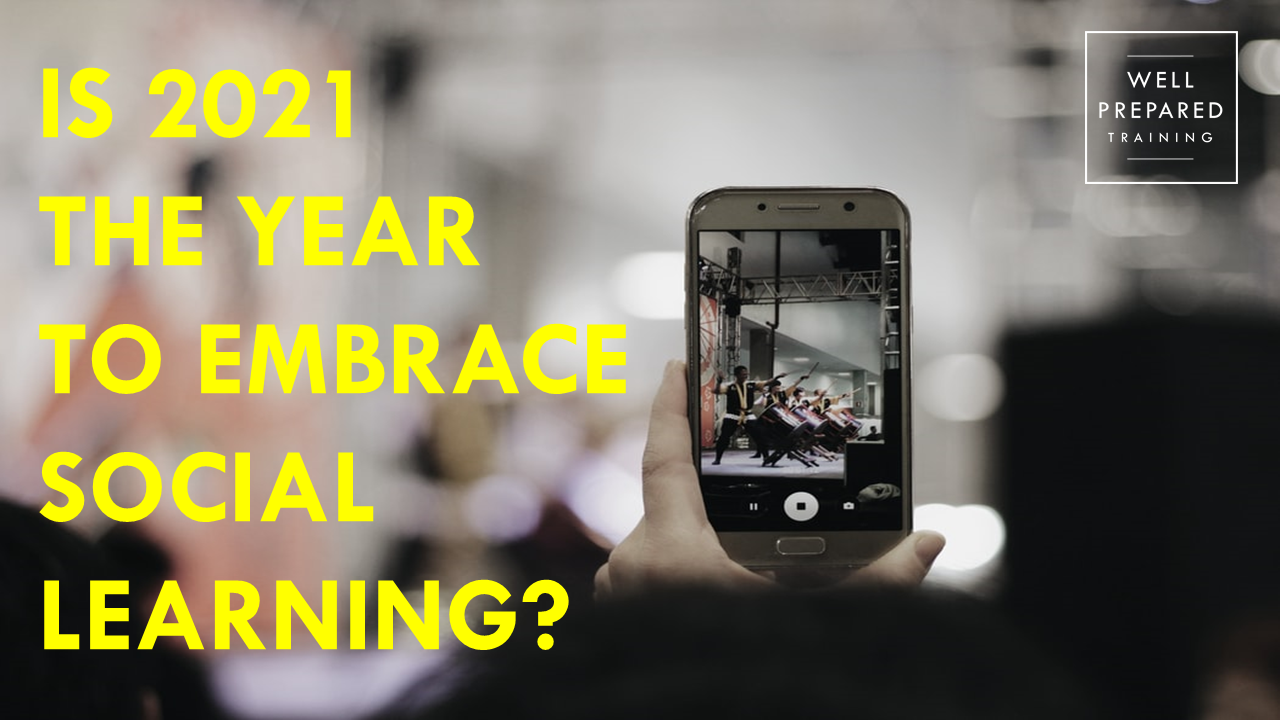Who would have thought starting a new job in the middle of a global pandemic would have been a good idea? For many people it made sense to just stay put. Well, I’m not many people and it turns out, in my case it was totally the right decision for me. I have zero regrets.
Back in March 2021 I took the leap and started in a new learning & development role at the global phenomenon that is Gymshark.
I’d luckily had a great head start in L&D, and I had already started to fall in love with helping others learn and develop. But this time, a new job, in a pandemic, in a completely new environment, and a new company, and a new sector with a very new style and most terrifying of all. New people. You’re probably starting to get my drift!
Tackling the nerves.
My biggest nerves before starting my new role were not being able to forge those all-important connections which set you up for success in the organisation. How on earth was this going to work when I was at home, and they were on a screen?
By the end of my first day, these thoughts didn’t even cross my mind. You quickly begin to forget how you’re working & building relationships with people you’ve never met in real life. Virtual communications saved the day and helped me go from nerves to excitement and engagement.
Onboarding in a virtual world.
The key message of the onboarding process was to take your time, understand the business & get to know your team. This, along with plenty of introductions, catch-ups & virtual tea-breaks created a platform for these connections to grow. Now, with me being nearly 5 months into the role, I can say with 100% confidence that the rapport that has developed is some of the strongest I’ve ever had in a work environment, and for me, is quite literally priceless.
The best bits about starting a job during lockdown are all the perks that come along with working from home. No commute, flexible hours and all that jazz. What I found added the greatest value in my induction period was having more time to digest all the information that is heading your way when you’re the new boy. It really helped me to ensure that I had time to really ‘get it’.
Unexpected benefits.
An unexpected (yet golden benefit) was meeting people with one added extra. Their names were in the bottom corner of each screen making it easy for me…and meant no awkward forgotten name moments.
However, I wasn’t complaining when URL transitioned into IRL. I was amazed by Gym Shark HQ. The building, the workspaces…and don’t even get me started on REFUEL the amazing in-house food and drink hub. The first day in the office really solidified my comfort in my decision & my role.
Culture makes it work.
The culture at Gymshark is just as you expect; authentic, honest & ever evolving. For me, the most monumental part of the Gymshark culture is ‘fail fast’. Feel safe in the environment which you’re in, so much so that you’re happy to make mistakes. This helps us learn and evolve. This one has been key ?.
My advice?
In summary, and not to steal some other sporting companies’ strapline, just do it.
You will always have nerves, you will always have self-doubt, but for me, I found it the best time to make my leap, supported by strong inductions, an incredible culture, and the benefits of working at home, and then in a hybrid role. Embrace it. Absorb it. Enjoy it.
